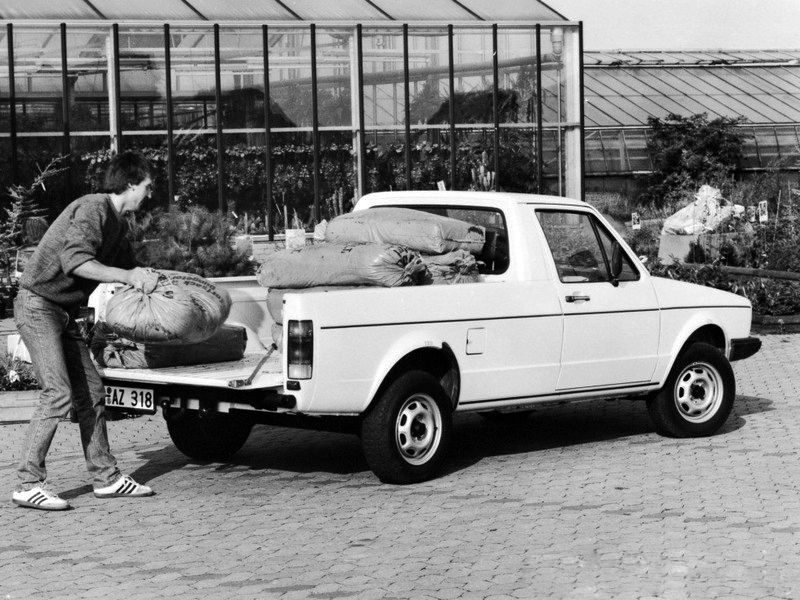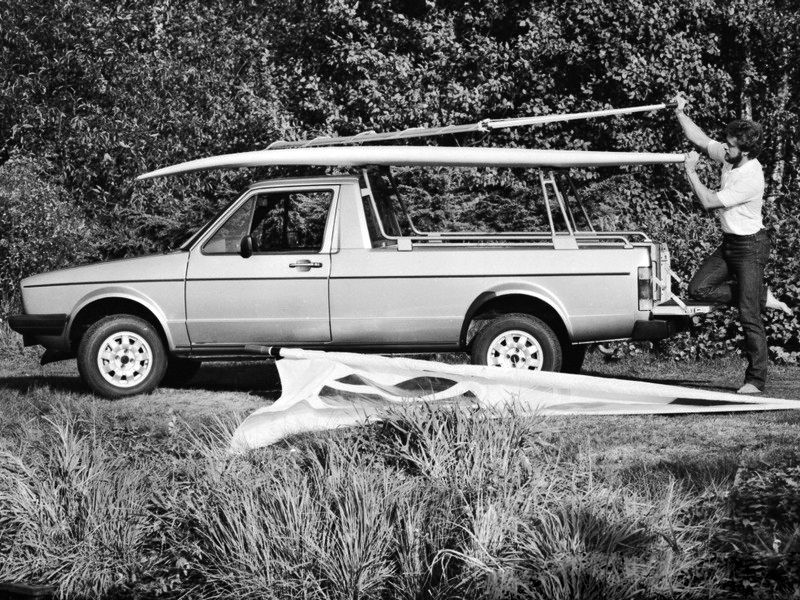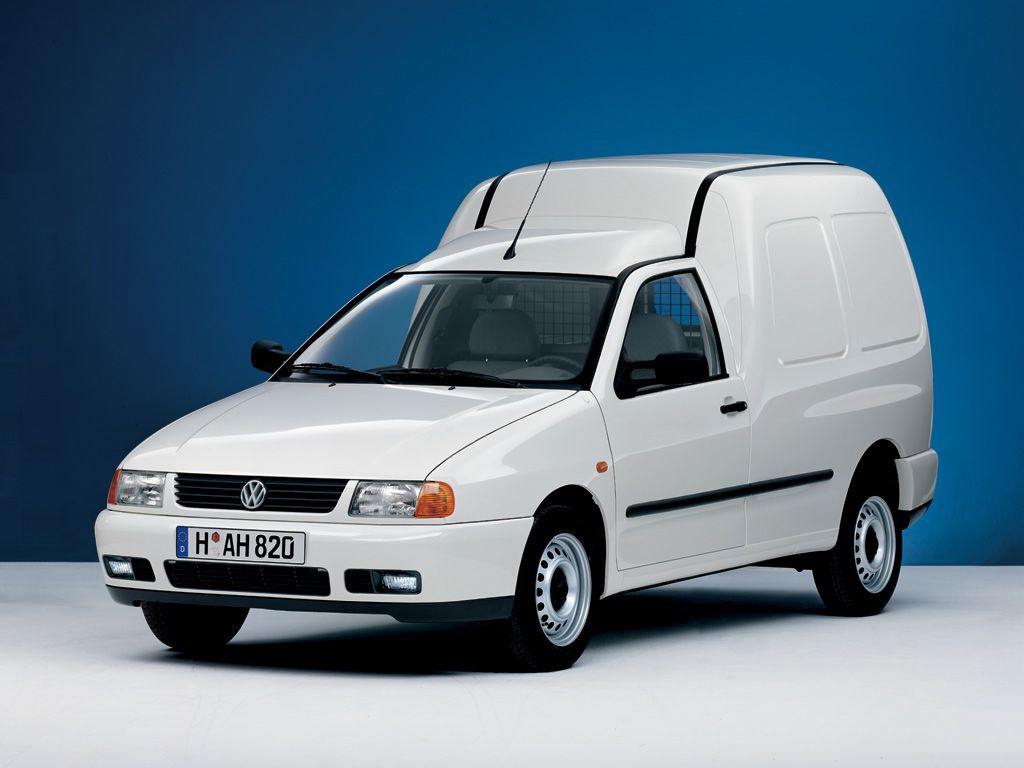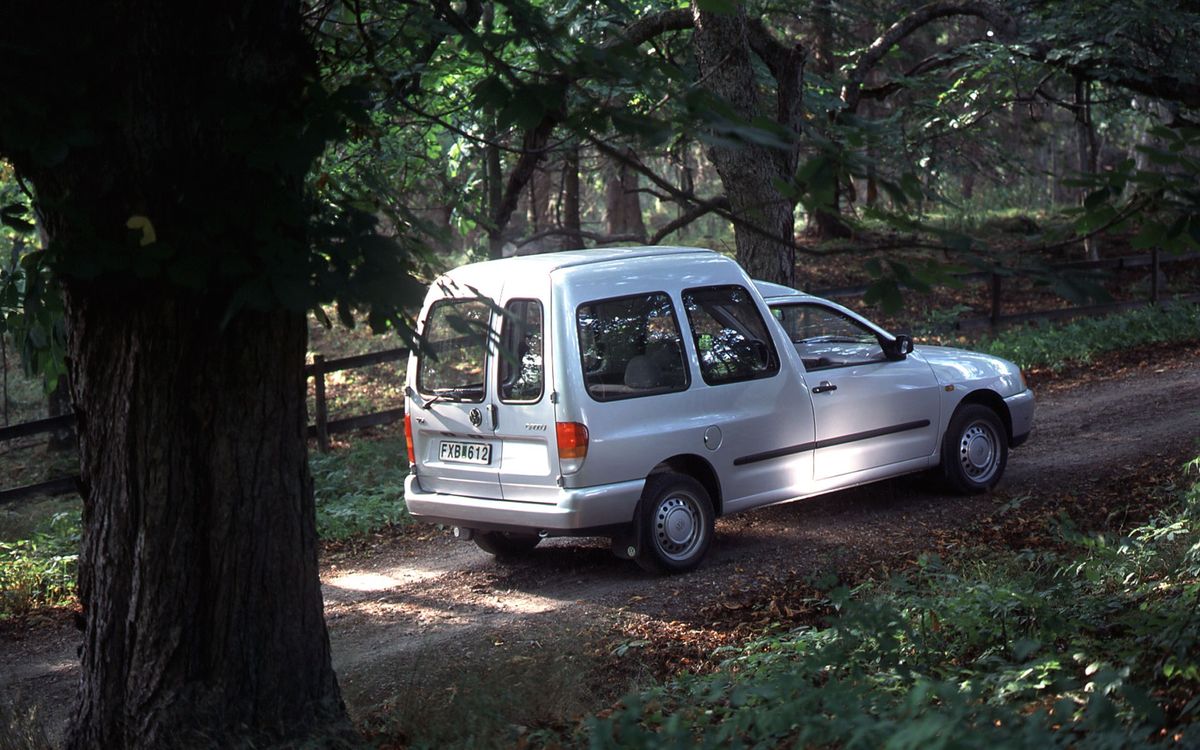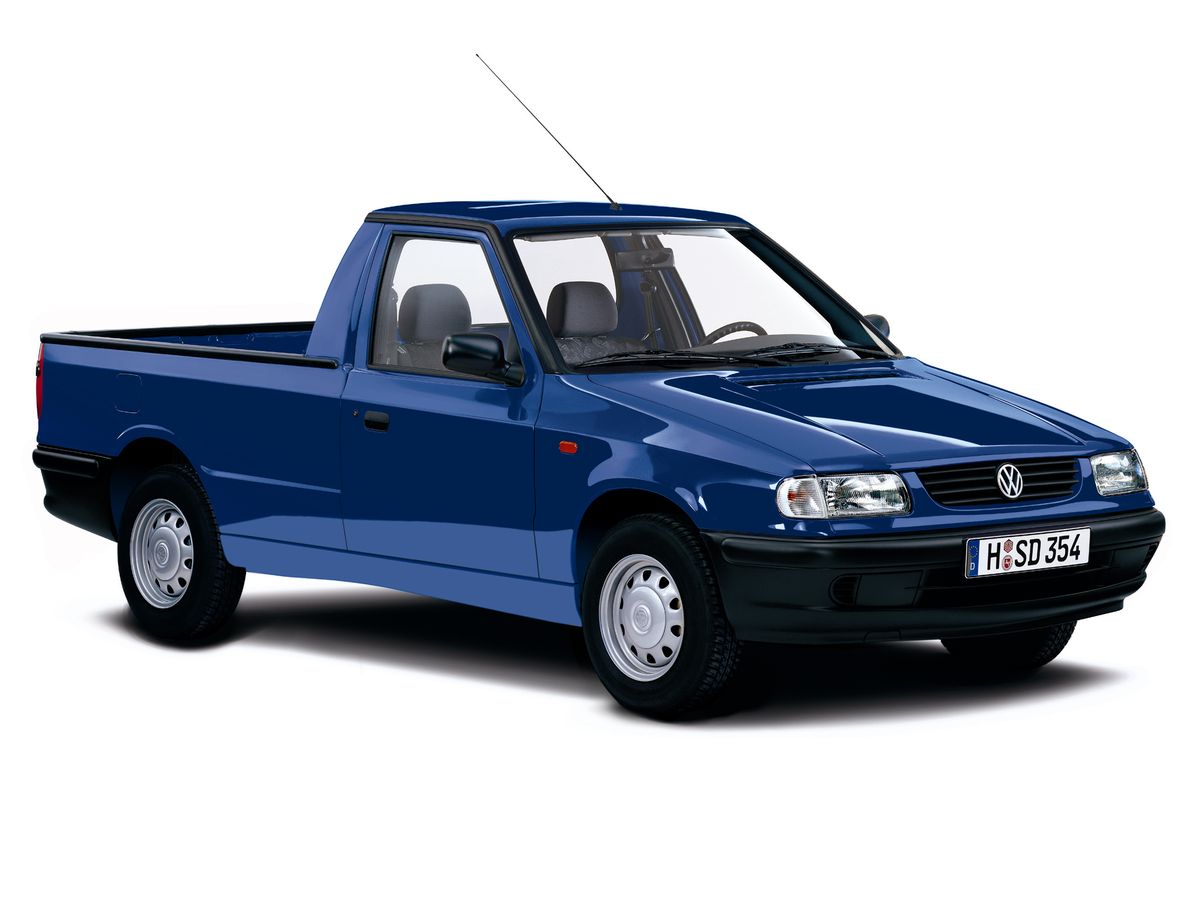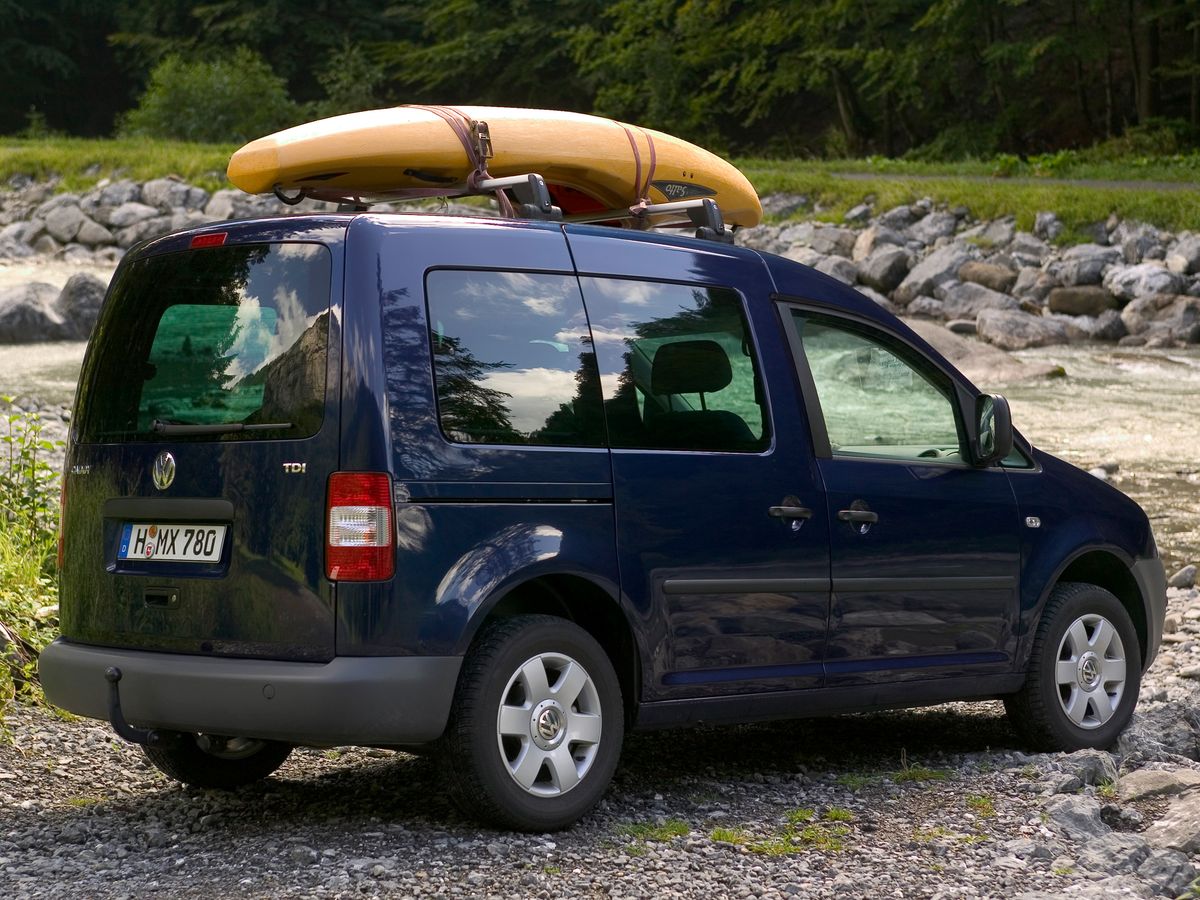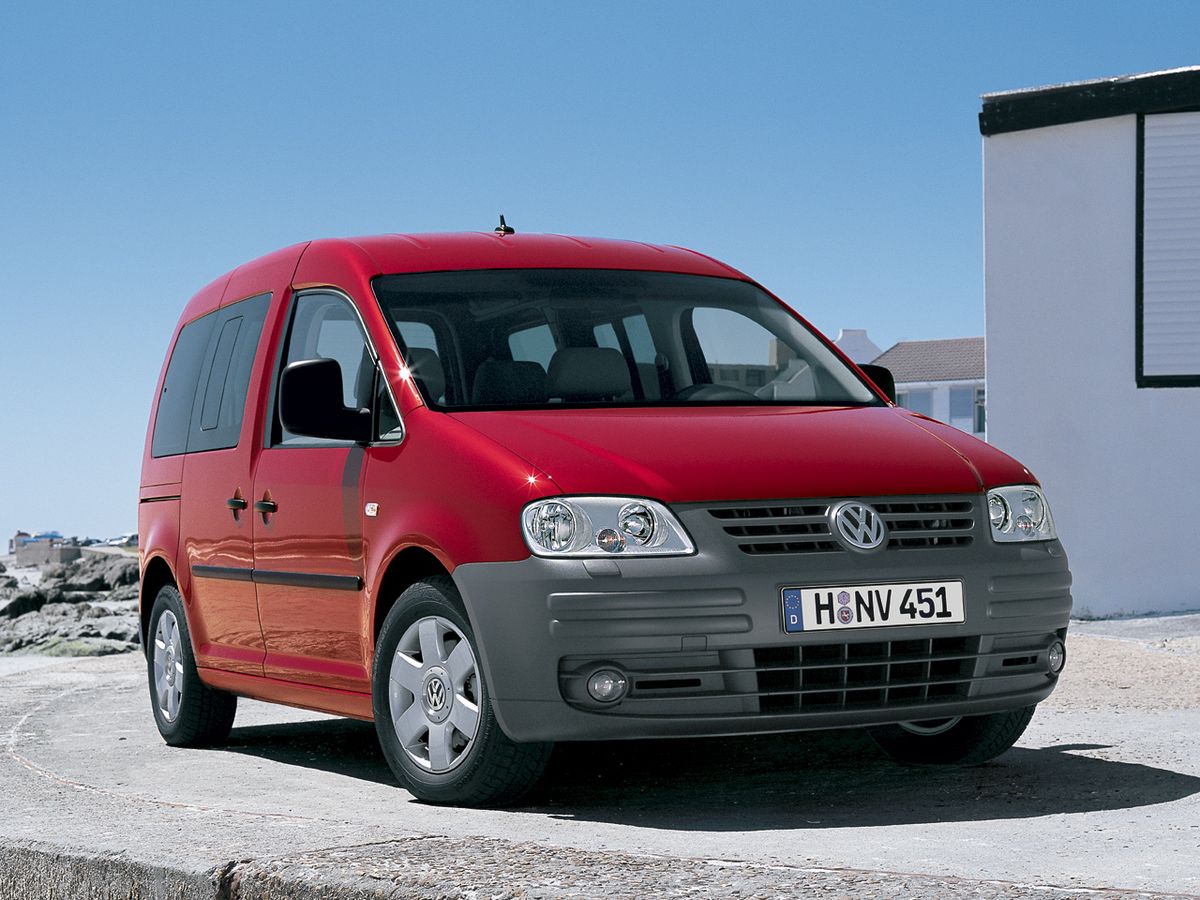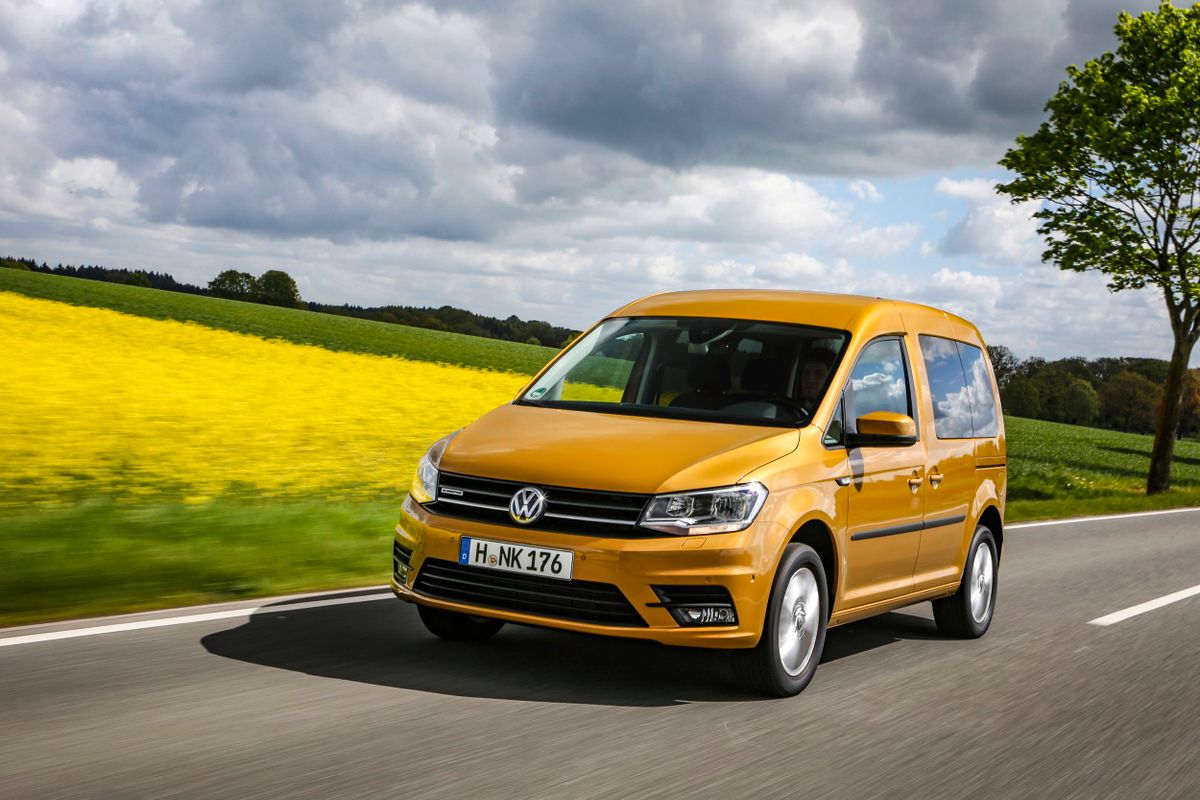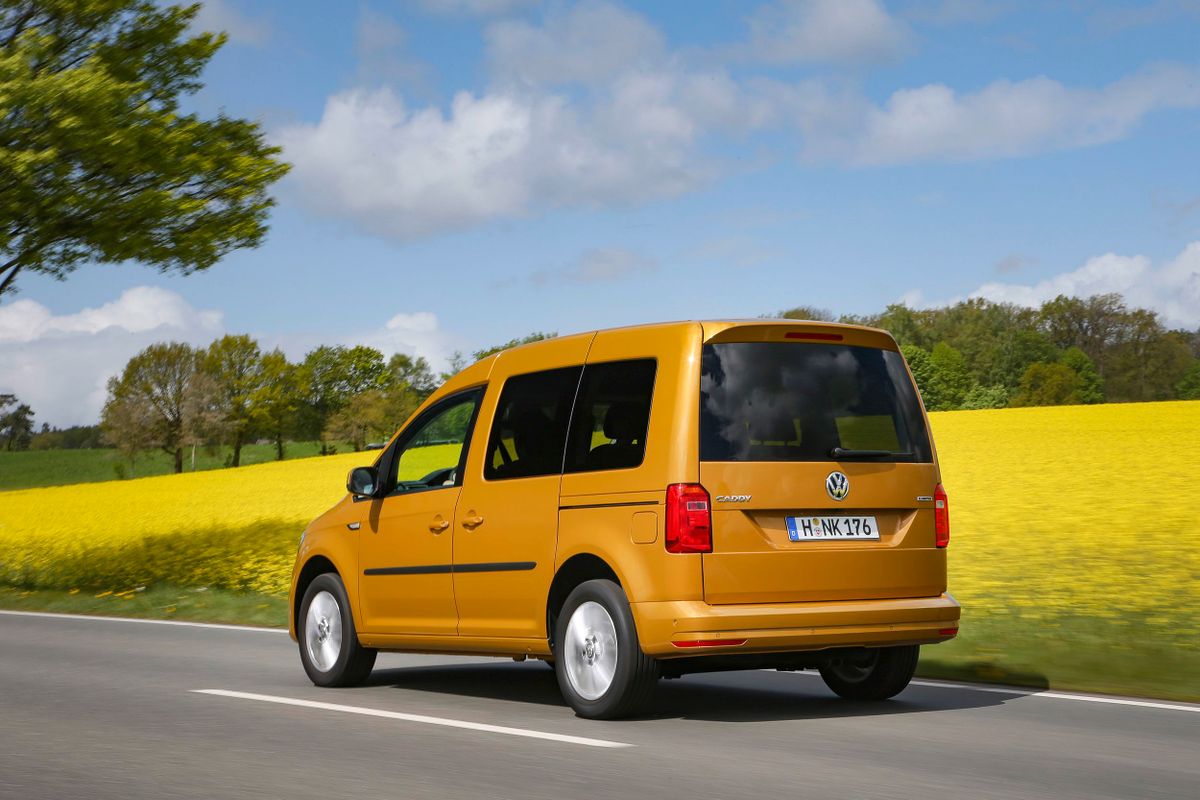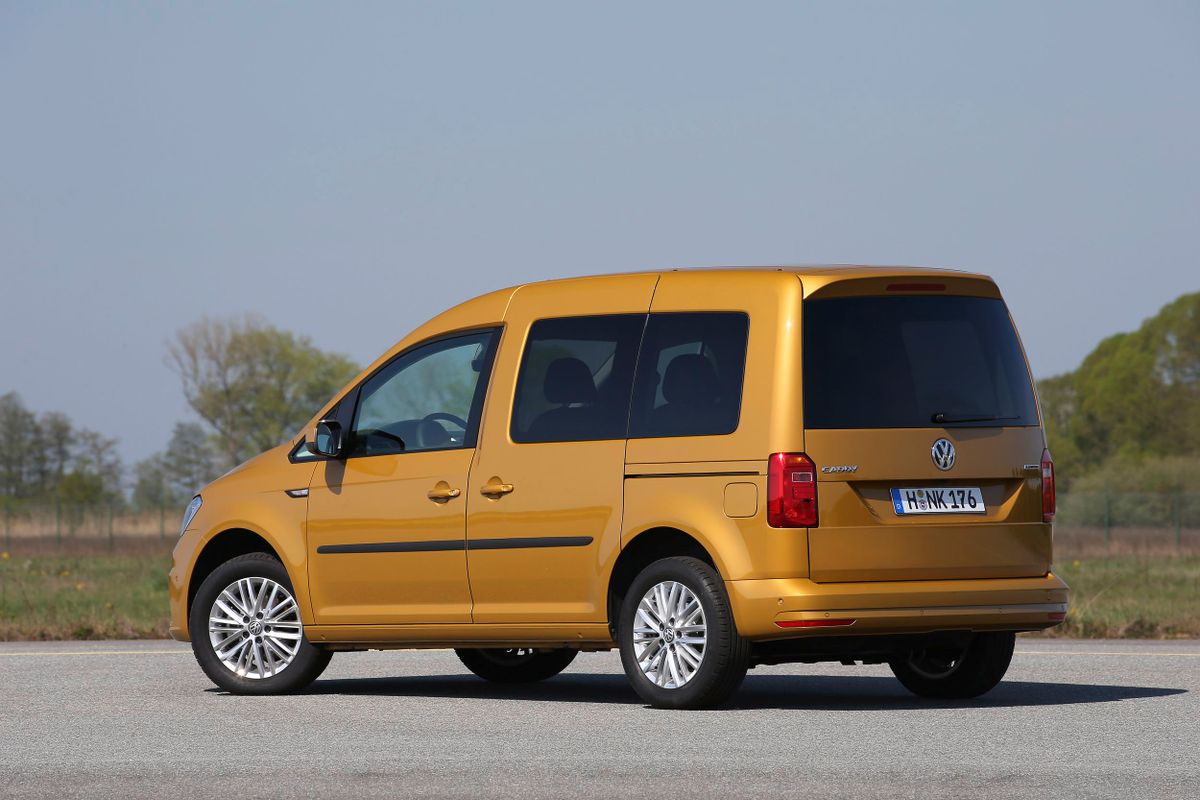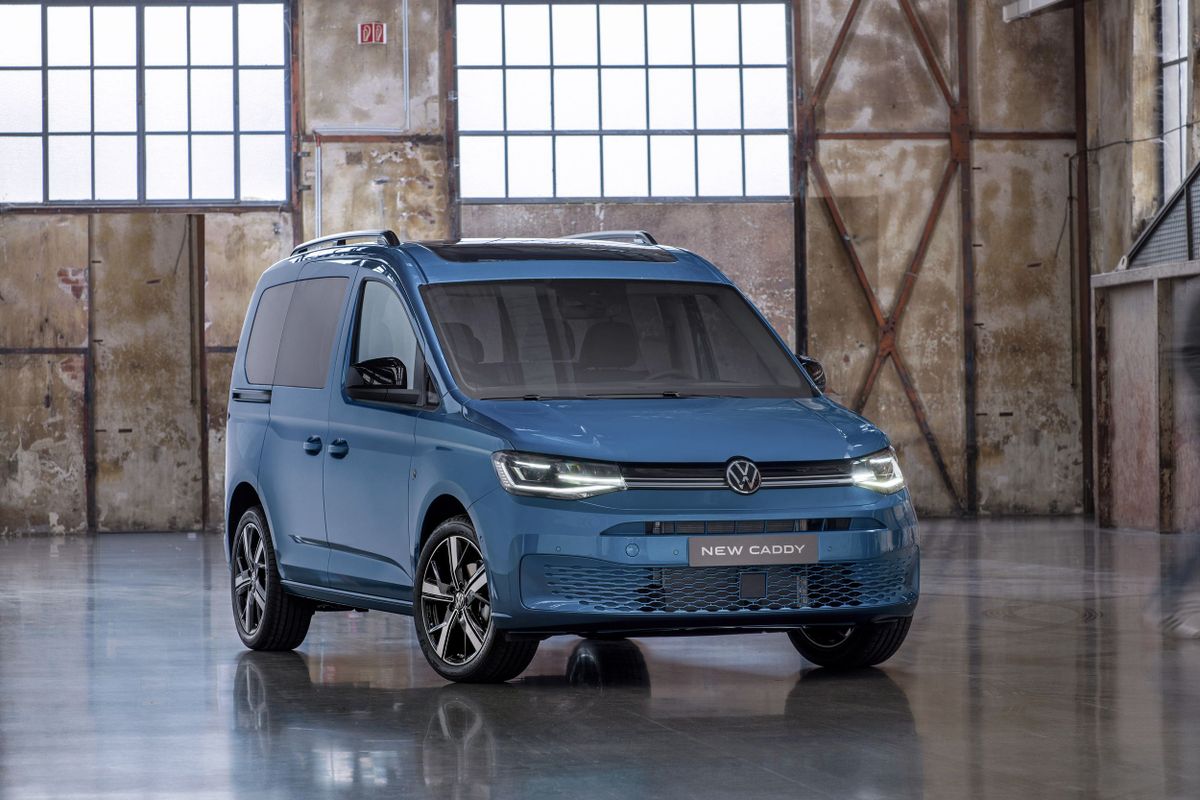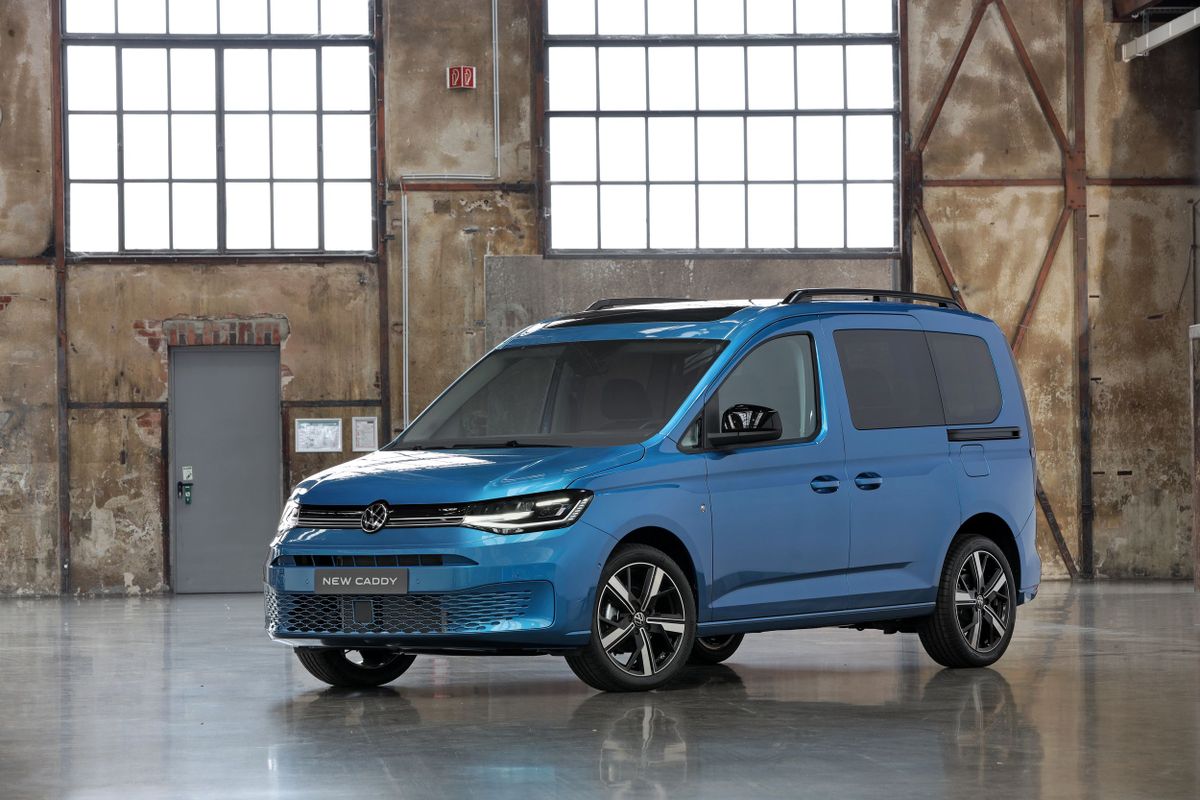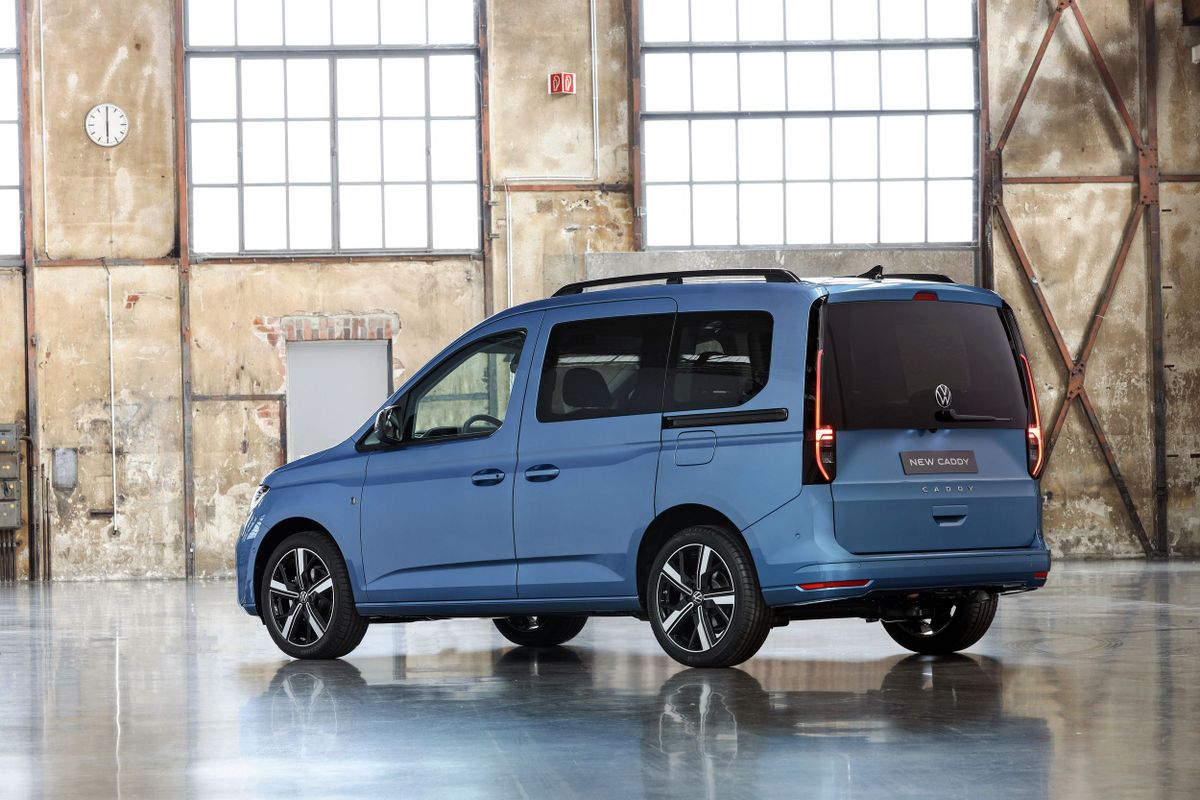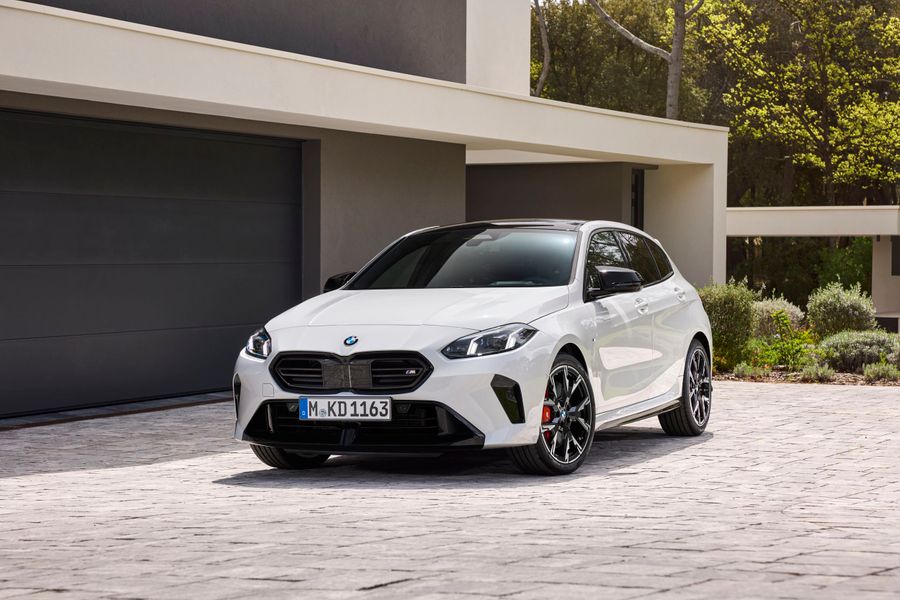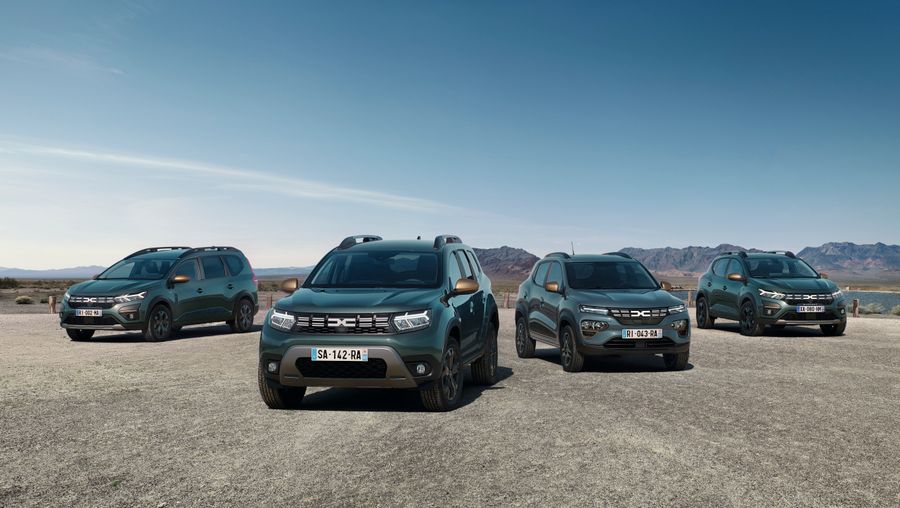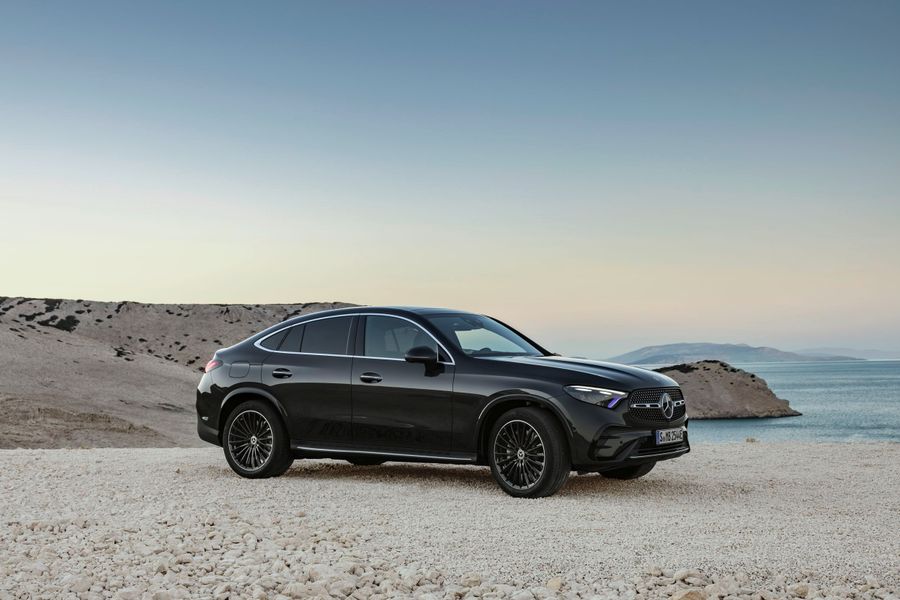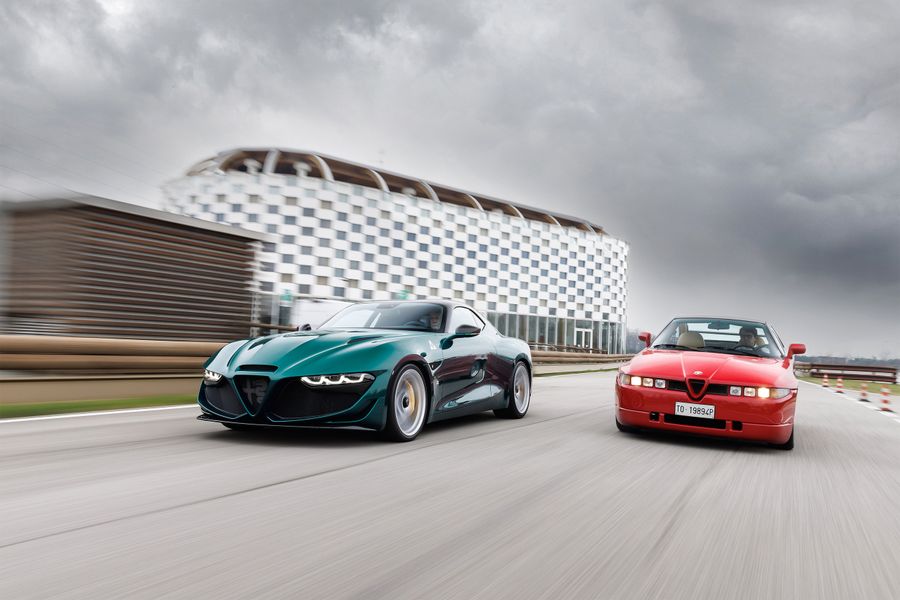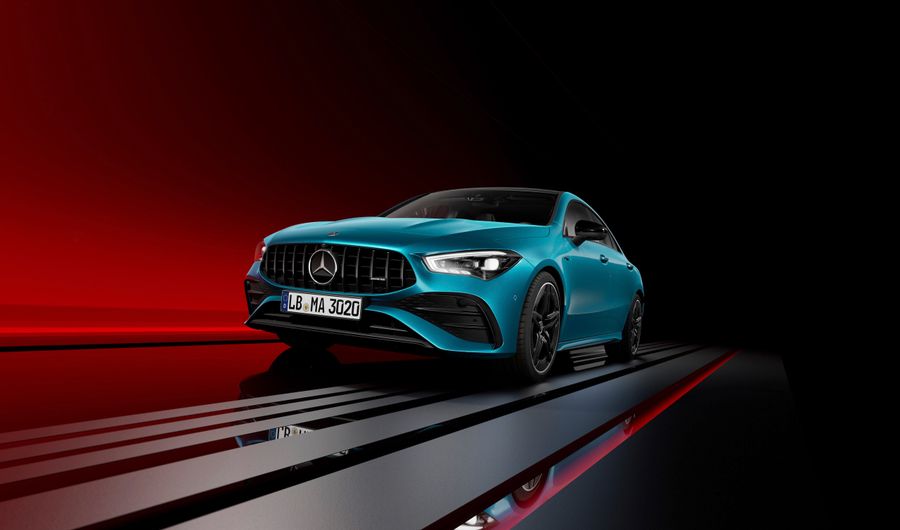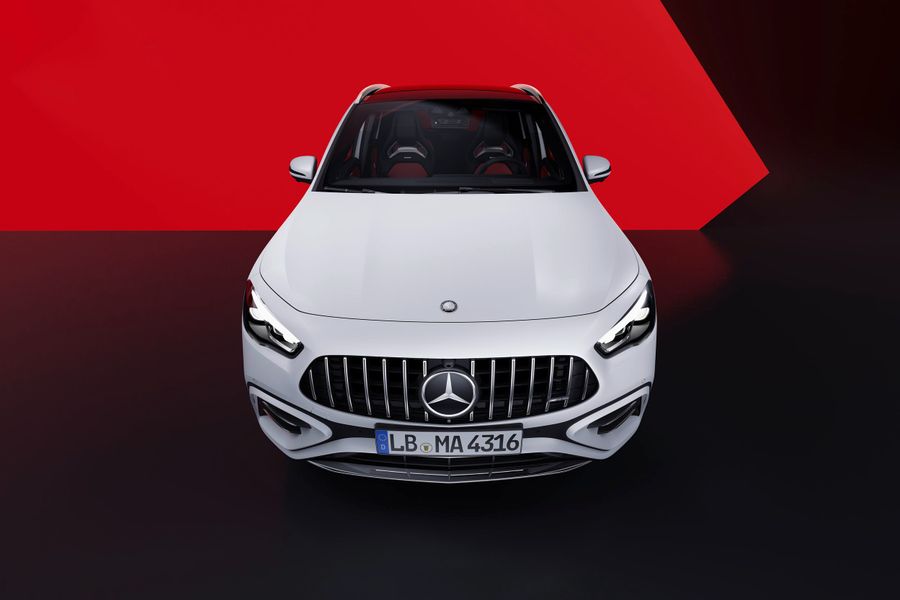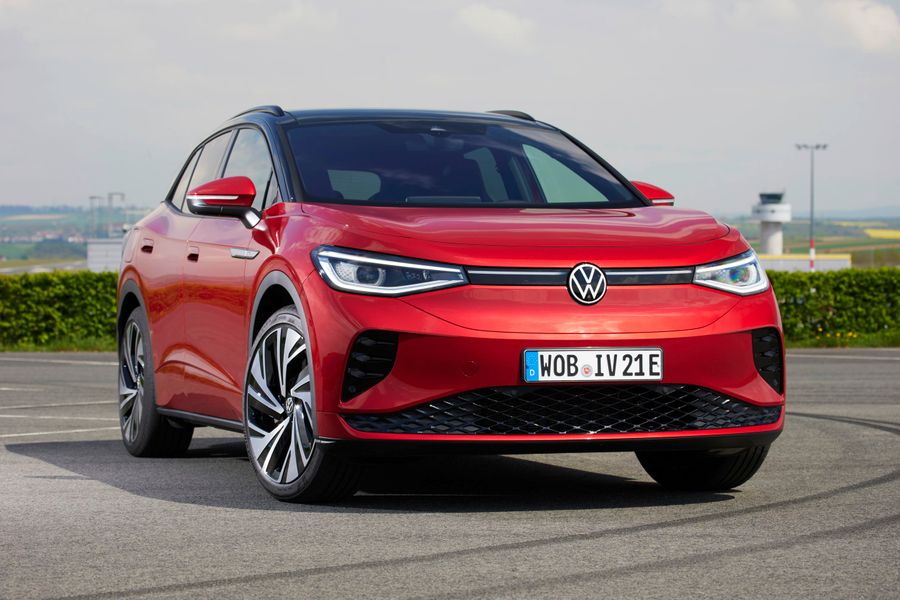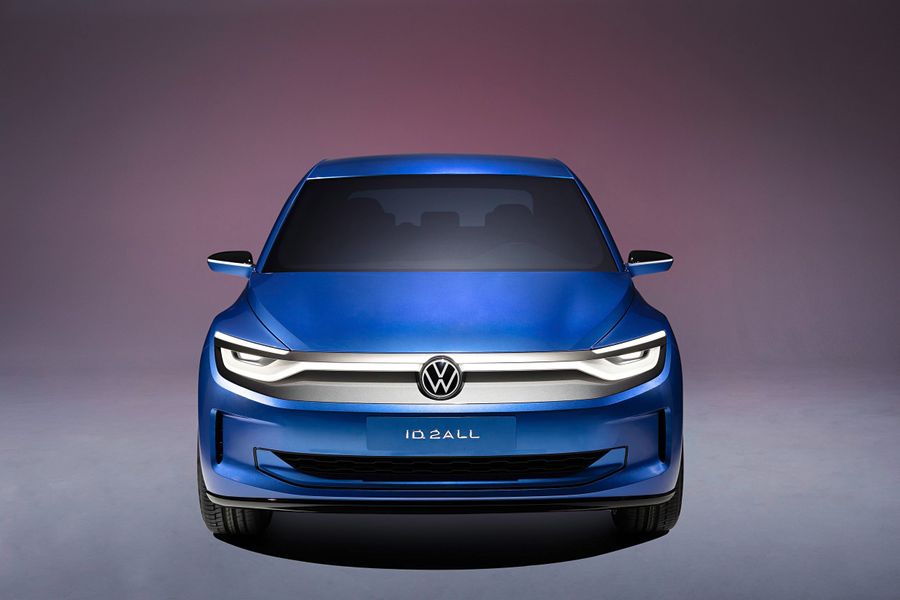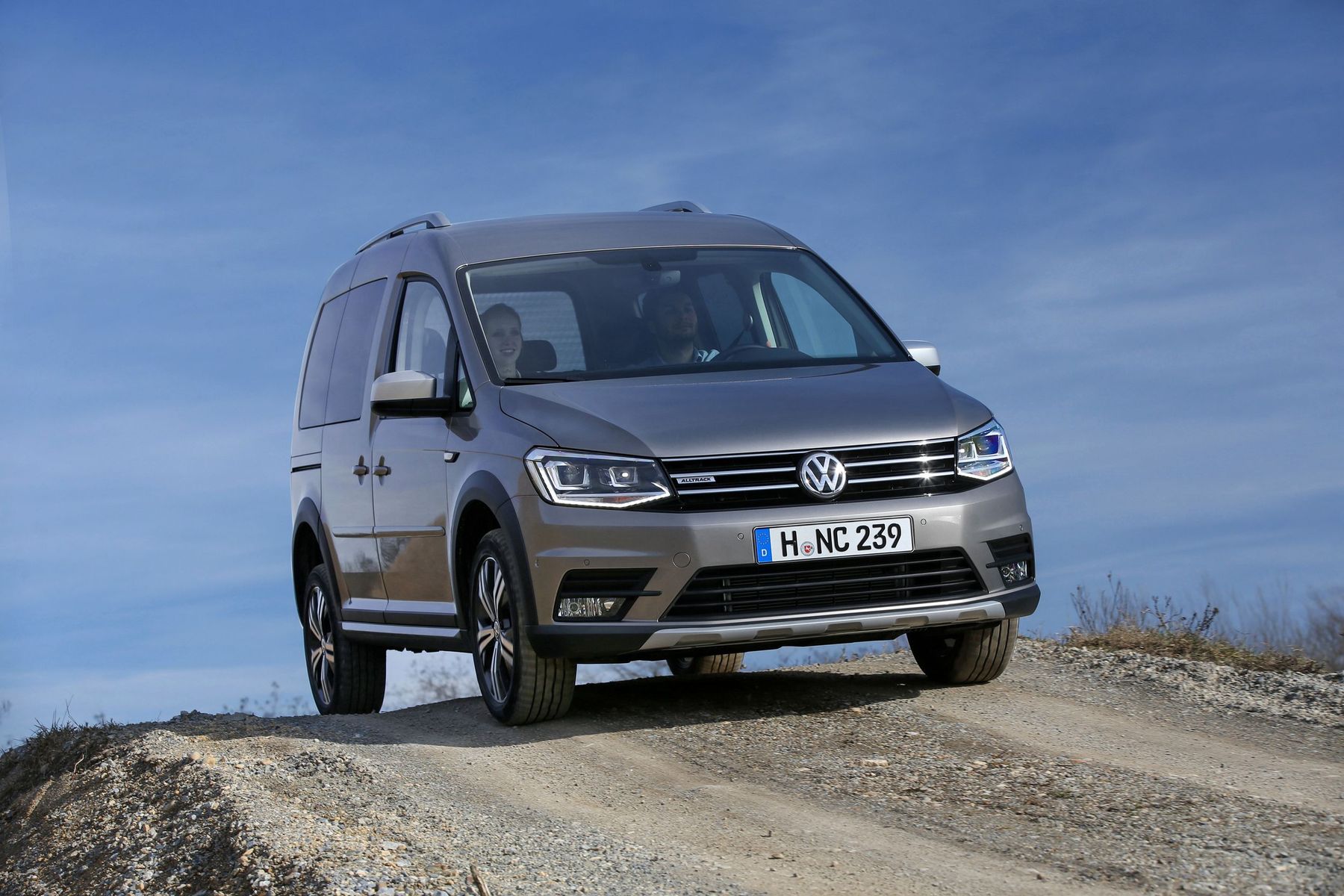
Volkswagen Caddy: Successful Career
The Volkswagen Caddy or the Caddy is a lightweight commercial vehicle, unveiled by Volkswagen in 1980. It is sold in Europe and worldwide. It can come as a compact van or a pickup. In 2021, Israeli market is expecting the fifth generation of the 2020 Caddy.
The first generation
It was produced from 1979 to 1995. The first Volkswagen Caddy was based on the A1 platform, shared with the first generation Volkswagen Golf. In 1980, the Caddy was first presented in North America, whereas Europe saw the model in 1982. It was produced as a pickup or a van. In the USA, the model was called the Rabbit and was available in two versions (LX and Sportruck) with two engine types, including a 1.6-liter diesel one and a 1.7-liter petrol one. The diesel engine featured a 5-speed transmission, and the fifth gear was designated as ‘E’ or ‘Efficient’. European buyers had a chance to choose from various engines: 1.5-, 1.7- and 1.8-liter petrol units, 1.5- and 1.6-liter diesel engines, as well as turbocharged options.
The second generation
It was produced from 1995 to 2003. The second generation Caddy was a lightweight van, designed by Volkswagen SEAT (Spain) on the Volkswagen Group A03 platform. A pickup version was also available. The car was manufactured at SEAT’s plant in Martorell, Spain up until 2003, and then in Argentina until 2008 for Latin America. In 2005, the car was slightly restyled.
With the 4.2 m long body, the Caddy had a load space of 2.6 m² and the cargo compartment of 2.9 m³, while its load capacity was 550 kg. The van had two hinged doors. The list of equipment included power steering, rear-window wiper, dust and pollen filter, headrests, three-point safety belts, driver’s airbag (there was an optional passenger’s airbag); air-conditioning and ABS with electronic differential lock: the sensors controlled the speed with which the wheels rotated, and if one of them rotated faster than the other (i.e. skidded), the system braked it for a moment, transmitting power to the other wheel.
The third generation
It was produced from 2003 to 2015. The third Caddy turned out to be quite attractive. In 2007 and 2008, the car won several awards from automotive magazines as the best compact commercial van. The cargo versions were complemented by the Combi and Life 5- and 7-seater cargo passenger versions. In 2008, VW released a longer modification, called the Maxi.
The trunk compartment made the Caddy one of the leaders in its class.
The third generation Volkswagen Caddy was created on the same platform as the Touran compact van and Golf hatchback, but with the spring suspension. This reliable solution is good for load capacity, but makes the rear passengers feel less comfortable. Depending on the trim level, the Caddy could be equipped with sliding side doors and a rear door, which could be either simple rolling or double hinged door. The car offered a roomy interior comfortable even for tall people. The simple interior had average soundproofing and featured rigid plastic and naked metal elements.
The cars were equipped with petrol and diesel engines (with the volume from 1.2 to 2 liters), as well as 5-speed manual transmission. The later models after the 2010 restyling featured a 6-speed DSG. This facelift was carried out to comply with the new design style of Volkswagen vehicles. Changes included the front face with new headlights and grille. The options included an on-board computer, electric drive and heated mirrors, power steering, a multimedia complex with a rear-view camera, Bluetooth, and an automatic parking system. The trunk compartment made the Caddy one of the leaders in its class.: even the 5-seater could offer a trunk that could hold 750 liters of cargo.
The fourth generation
It was produced from 2015 to 2020. A new exterior with a roof spoiler and a modern interior helped handle competition. However, exterior changes were not too radical, the car retained recognizable proportions. The compact van was 4,408 mm long, 1,793 mm wide and 1,822 mm high, with the wheelbase of 2,682 mm. The longer version, the Caddy Maxi, was 470 mm (4,878 mm) longer, featuring the wheelbase increased to 3,006 mm.
The engine range of the fourth generation Caddy consisted of four diesel engines with 75 to 150 hp, as well as three petrol units, producing from 84 to 125 hp. There was a choice between a 5- or 6-speed manual transmission, as well as 6- or 7-speed DSG. The car was front-wheel drive as standard, but a 4MOTION all-wheel drive version was also available.
The entry-level cargo versions had the center console featuring instruments and a plug to control a conventional heater, and more expensive and passenger versions offered climate control and a color display of the multimedia system. The Caddy was distinguished by the high quality of the materials used and the quality of the assembly. The minivan boasted ergonomic seats with a good profile, dense padding and a large range of adjustments. The cargo compartment, separated from the driver’s cabin by a partition, had the correct shape and could hold up to 3,200 liters of luggage.
The fifth generation
It was presented in February 2020. The new Volkswagen Caddy is built on the MQB platform, which has allowed VW to introduce new technologies. The trim level list now includes the Kombi, Caddy, Life, Style and Move, and the delivery van will be offered in the Cargo and Cargo Maxi trim levels (long wheelbase variant). The car started to be sold in November 2020. We can’t wait to see it in the Israeli market.
The new Volkswagen Caddy has received many new options, starting from parking sensors with auto-brake function to a multi-mode digital dashboard.
The 2020/2021 Volkswagen Caddy is significantly different from its predecessor, but the large capacity and variability in the choice of interior space will remain unchanged. The fifth-generation car features larger wheels, a redesigned front face with LED headlights, a narrower radiator grille and a larger logo. The design of the new models has become sportier, featuring a slightly sloping roofline, volumetric embossed body sidewalls. We’d also like to note the vertical arrangement of the narrow LED lights at the rear. The cargo versions are equipped with a tailgate, while swing doors that open in both directions will remain available as an option.
The developers wanted the new Caddy to become a benchmark in its class. The interior, which used to be boring, has become beautiful and stylish, well-built and elegant. The attention is immediately drawn to the intricate front panel with an inscribed ‘digital cockpit’: the instrument cluster is virtual (10.25 inches), on the right is a 6.5- or 10-inch touchscreen display of the multimedia system. The embossed multi-steering wheel with the rim slightly truncated at the bottom and the ‘microclimate’ sensor control unit are also good. And the main advantage of the model is the versatility of the cabin offering up to seven full-fledged seats and up to 3.7 cubic meters for cargo. The rear suspension is now spring-loaded: it is durable, but more comfortable. As before, in addition to the standard version, a longer version is also offered (Maxi).
As we’ve already mentioned, the car has received many new options, starting from parking sensors with auto-brake function to a multi-mode digital dashboard. The list of equipment includes a panoramic roof, LED optics, heated windshield with heat-shielding tinting, heated front seats, Composition+ multimedia system, 2-zone climate control, folding tables on the backs of the front seats for the 2nd row passengers and a rear-view camera.



